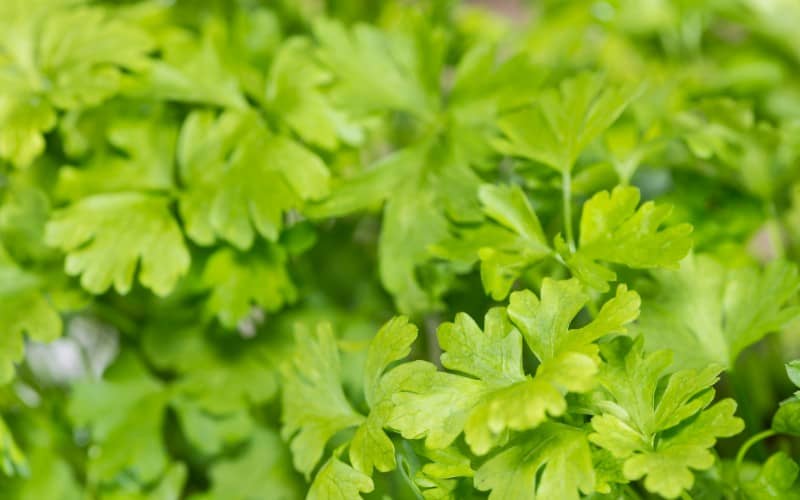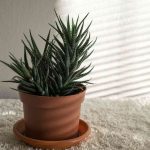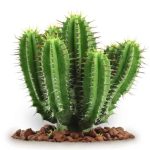Companion planting is essential to maximize the space in a garden. But that is not all to it, it is also a great way to build a garden that will flourish and last long. Planting herbs together ensures that your garden is thriving.
Some plants are vital because they can drive away pests that plague their partners, while some enhance the soil's condition or the flavor of their partner. Do note that not all plants can work together.
So which herbs can work together? Can you plant dill and parsley together? Yes, dill and parsley can be grown together, and we'll find out why shortly.
Can You Plant Dill and Parsley Together?
If you're wondering if you can plant dill and parsley together, then the answer is YES. Parsley is one of the most popular herbs planted in gardens. It has been used and is still being used as a garnish on a wide variety of dishes.
Asides the greenish look and fresh smell it gives your garden, parsley can aid the growth of many plants, so what is the reason for not giving it a try?
How to Plant Dill and Parsley
Planting dill and parsley is not a hard job. The herbs on their own are self-seeding plants. The more you cut the stalk, the more it keeps growing. So, there is absolutely no stress in planting.
Both herbs do not require the full glare of the sun, as this can damage them. Most gardeners like to plant them on the east or north side of their garden. If you prefer planting them indoors, you have to keep them close to the window where indirect sunlight would hit them.
Dill is a herbaceous plant that is pest-prone. It has many insect pests attacking it. This is where the parsley helps out. The parsley has attractive flowers that catch the eyes of many birds. These birds hang around the parsley, admiring its beauty.
At the same time, insects come to feast on the dill, but they meet their waterloo. These birds admiring the parsley, feed on these insects. With the risk of being destroyed by insect pests removed, the dill can now grow without worries.
Still, parsley has a unique smell on the insect-repelling ability, one that deters insect pests from visiting the garden. Planting them with the dill will drive away insects that may have damaged, not just the dill but other plants in the garden.
Parsley is a great plant to pair with your dill in the garden. When you plant it at the base of your dill, it will enhance the flavor and smell of the dill.
Parsley also attracts insects to the garden. Due to its radiant colors, butterflies enjoy visiting them and laying eggs on their leaves. This means more beauty to your garden as new butterfly generations are birthed.
Again, parsley's flowers catch the eyes of hoverflies. The larvae of these hoverflies feed on thrips, aphids, and many harmful insects that may come to attack the dill.
The dill on its own has its part to play. Dill is aromatic; this means the smell is strong. This smell is useful in attracting beneficial insects like honeybees. Honeybees are one of the leading agents of pollination -without which, half of the food in the world would not be available.
The parsley has insects that disturb it too, like the cabbage looper, click beetles, black cutworm, aphids, etc. These, when present in the garden, would have a devastating effect on parsley. But this can be avoided if the dill is planted with the parsley. The scent of the dill drives these insects away.
Conclusion
Companion planting is the in-thing now. It has always been the in-thing anyway. Many gardeners argue whether plants can actually influence the flavor, growth, and taste of another plant -- well, it does.
While that is still being debated, there are other advantages that could be gleaned out from planting dill and parsley together. The most substantial advantage is the repelling of insect pests.
Most insects use smell to get to the plant they prefer. So instead of making that job easy for them, you can plant more than one herb and confuse the pest. So, can you plant dill and parsley together? Yes, you can.





